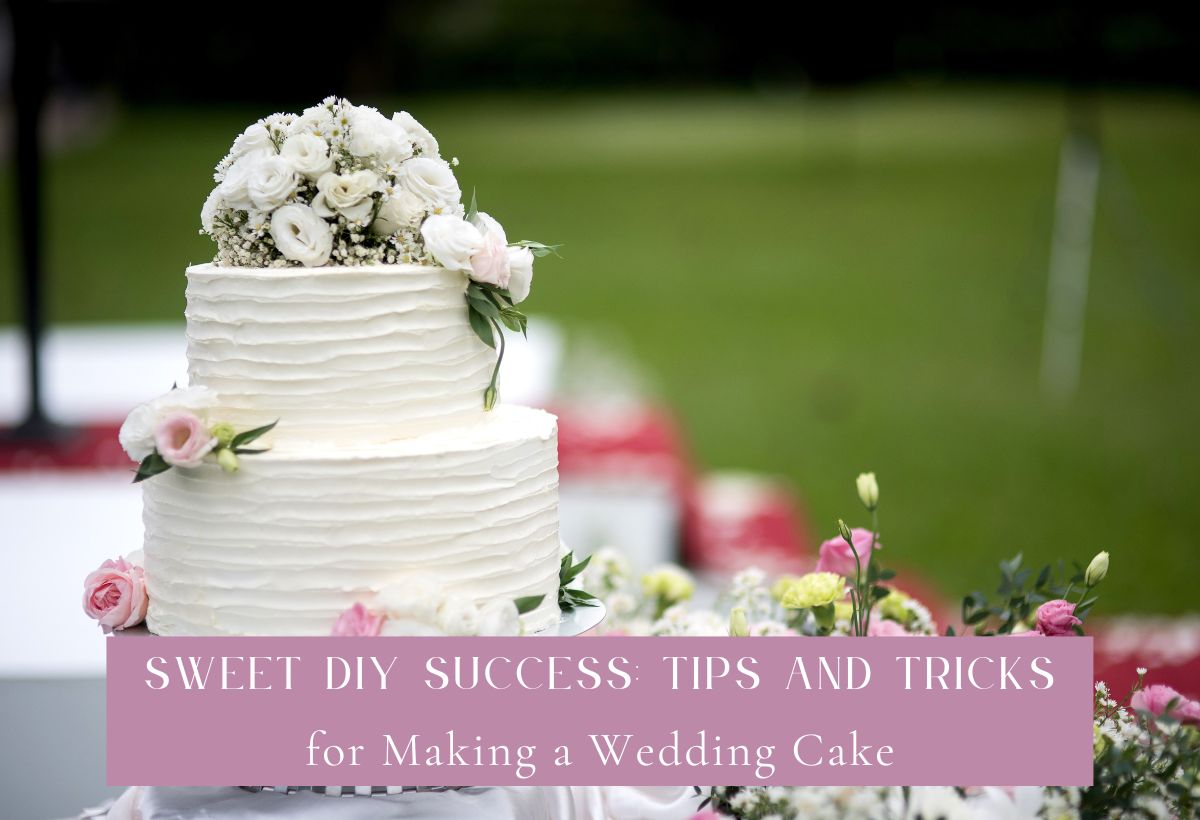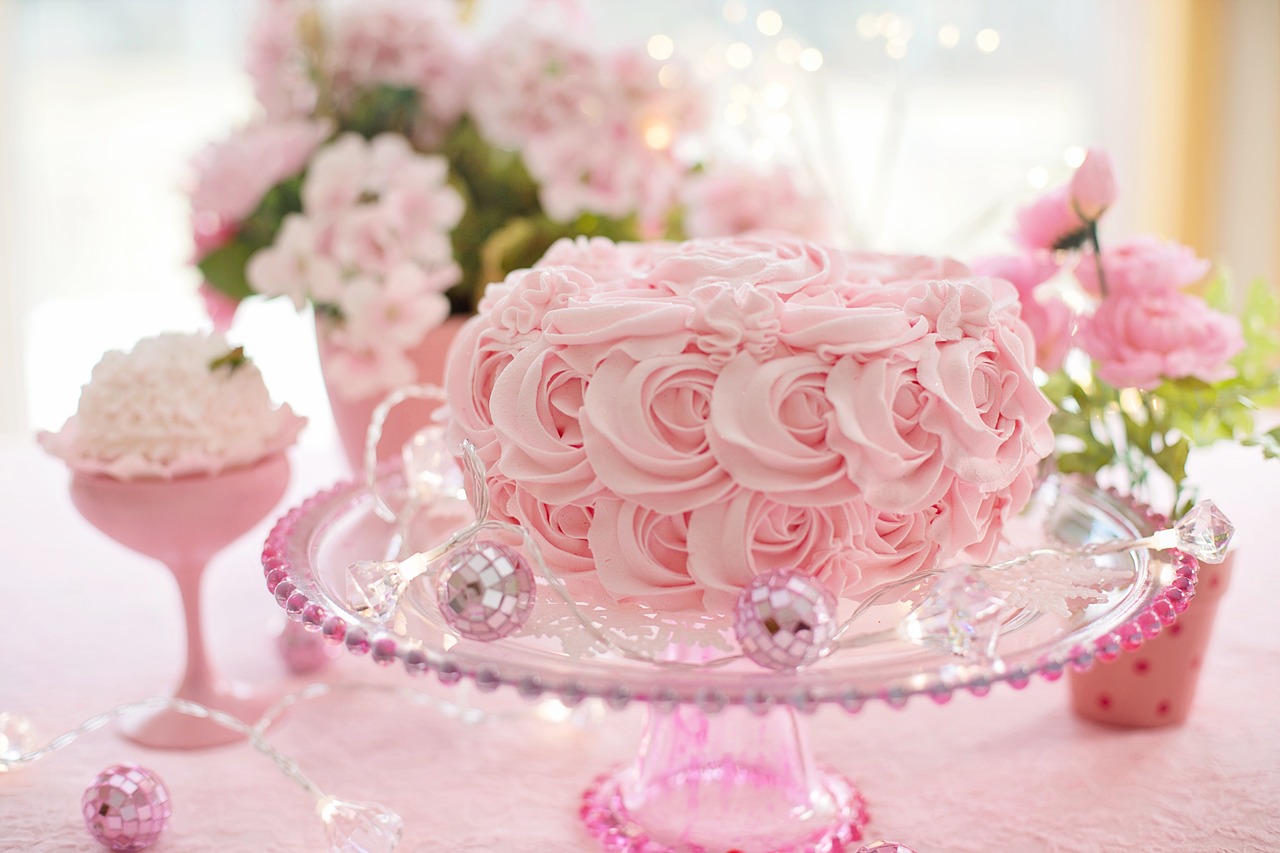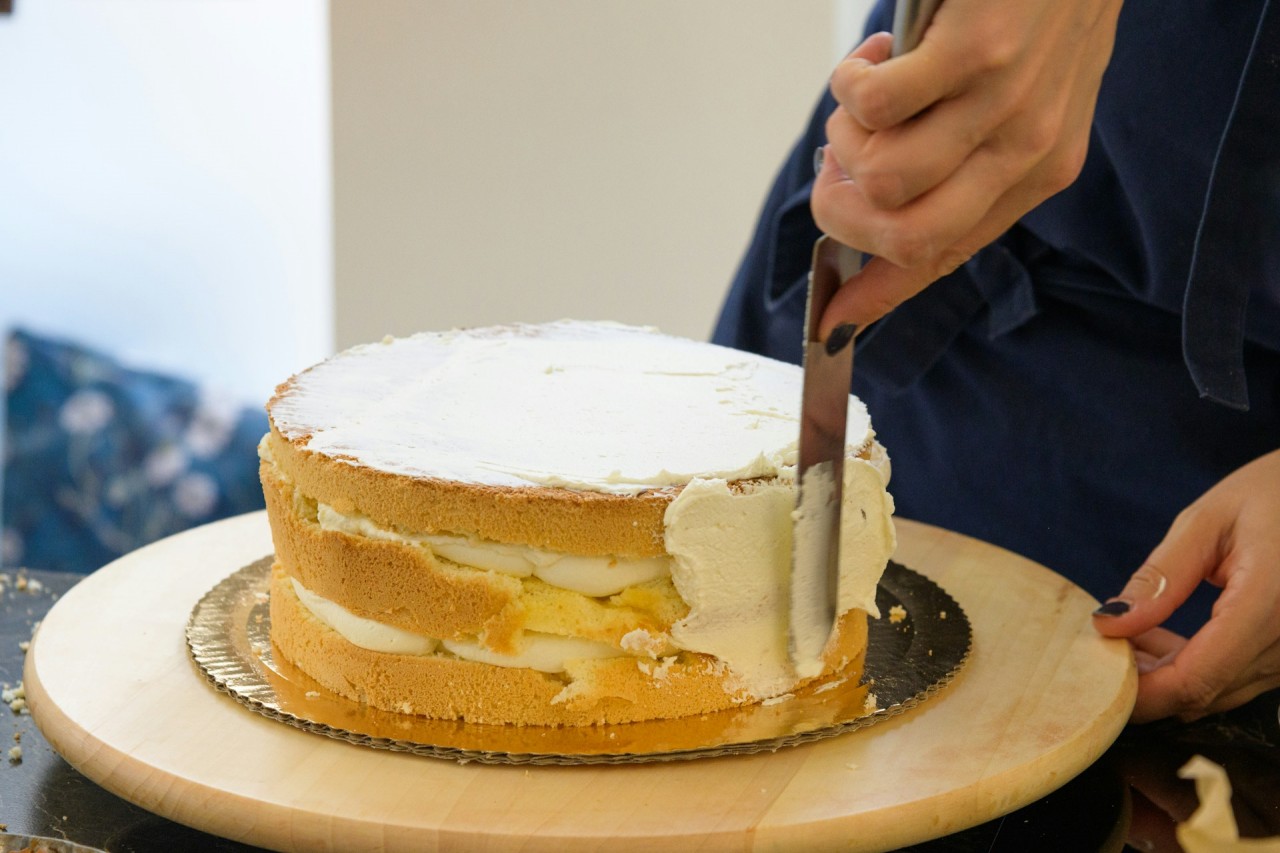
Sweet DIY Success: Tips and Tricks for Making a Wedding Cake
The wedding cake is more than a dessert; it’s a grand centerpiece that marks the pinnacle of the wedding celebration. For the DIY enthusiast, the prospect of crafting this iconic confection can be both thrilling and daunting in equal measure. With so much at stake, it’s a venture that requires not just creativity and finesse, but an arsenal of tried-and-true techniques. In this detailed guide, we’ll unravel the intricacies of creating a wedding cake that’s as exquisite as it is delicious, walking you through each step with the precision of a pastry chef. This is a post for the brides-to-be who wish to take their nuptials to new levels of personalization; the amateur bakers eager for their sweetest challenge yet, and the wedding planners who want to add a new skillset to their repertoire.
Choose Proper Ingredients
The foundation of any culinary masterpiece starts with the right ingredients. When it comes to a wedding cake, there’s no room for compromise – opt for premium quality, high-protein flour for a tender crumb, rich butter for flavor, and eggs at room temperature for a silky batter. If you want to be more eco-friendly, you can opt for options like rainforest grown cacao for your chocolate cakes and organic fruits for fillings. Don’t skimp on quality – your guests deserve the best! Additionally, make sure to carefully measure each ingredient for consistent results. But it’s not just about what goes into your cake, it’s also about what you leave out. Over-mixing can lead to a tough texture, excessive sugar can cause browning, and leaveners, if not meticulously measured, can leave your tiers askew. The delicate balance of a wedding cake’s constituents is a science; respect the recipe, and quality will follow.
Don’t Skimp on Cake Structure
Structure is the invisible hand that supports your cake’s grand design. Without it, masterpieces can crumble. Each layer should be supported by dowels, enabling the tiers to bear each other’s weight without a sag in sight. Fondant, though fondly adored for its smooth finish, can be quite heavy, so choose an internal support system that corresponds with your cake’s height and heft. This isn’t the step to cut corners—investing in quality cake boards, pillars, and doweling rods ensures your cake stands tall throughout the festivities. For added stability, consider using an internal support system of PVC pipes and foam board. Remember, a well-structured cake is not just visually impressive, but it also guarantees a stress-free slicing experience for the happy couple.
Temperature Matters
In the pastry world, crafting a cake is often likened to a dance with temperature. On the warmer end of the spectrum, ingredients blend seamlessly, but at the cost of a potential collapse. Cooler environments offer structural stability, yet can stiffen your frosting. Finding the Goldilocks zone is crucial. Bake your layers ahead to chill completely before frosting, and work in an air-conditioned space if possible. Heat from your hands can melt buttercream, and a warm environment can spell doom for even the most diligent bakers. Most importantly, avoid placing your cake in direct sunlight or near heat sources; a melting masterpiece is not the kind of drama you want at your wedding. And if things do start to get too warm, a quick stint in the fridge can help restore shape and stability.
Practice Makes Perfect
The adage “practice makes perfect” finds its most literal application when dealing with the art of cake-making. Before the big day dawns, attempt your cake at least once, if not several times. Not only does this buffer you from potential hiccups, but it also hones your skills. Practice stacking and frosting with precision; these are exercises that marry the structural necessities with the artistic flair that a wedding cake demands. And remember, each trial is an opportunity to learn and improve. Furthermore, consider taking a class or watching online tutorials to gain valuable insights and tips from experienced pastry chefs. With each attempt, you’ll get closer to creating the flawless wedding cake of your dreams.
Smooth Frosting Techniques
The cherry—or rather, the smooth, polished frosting—on top is what truly makes a wedding cake dazzle. For buttercream, a straight spatula and a revolving cake stand are your allies. Fondant merits a gentle touch and a specialized smoother for that sleek, pristine face. Lumps and bumps are foes to be vanquished with patience and a light touch. For patterns and decorations, invest in a set of piping tips and bags, and perhaps undertake a stencil or two. These little touches of detail are like the embroidery on a bridal gown—personal, intricate, and spellbinding in their subtlety. Even if you’re not a seasoned decorator, with practice and determination, you can achieve professional-looking results that will leave your guests in awe.
Creating a wedding cake is a labor of love that intertwines the complexities of baking with the artistry of design. These tips are but the top layer of the knowledge cake; the recipe for a stunning wedding cake is multifaceted, and each layer represents the accumulative wisdom and finesse gleaned from experience. Whether you’re preparing to say ‘I do’ to a cake-making endeavor or helping someone tie the knot in sweet style, may your plans be well-structured, your ingredients premium, your techniques polished, and your delectable cake a testament to the love it’s meant to celebrate. After all, a wedding cake isn’t just a confection; it’s a memory in the making, a symbol of joy and the sweet taste of a promising future.


